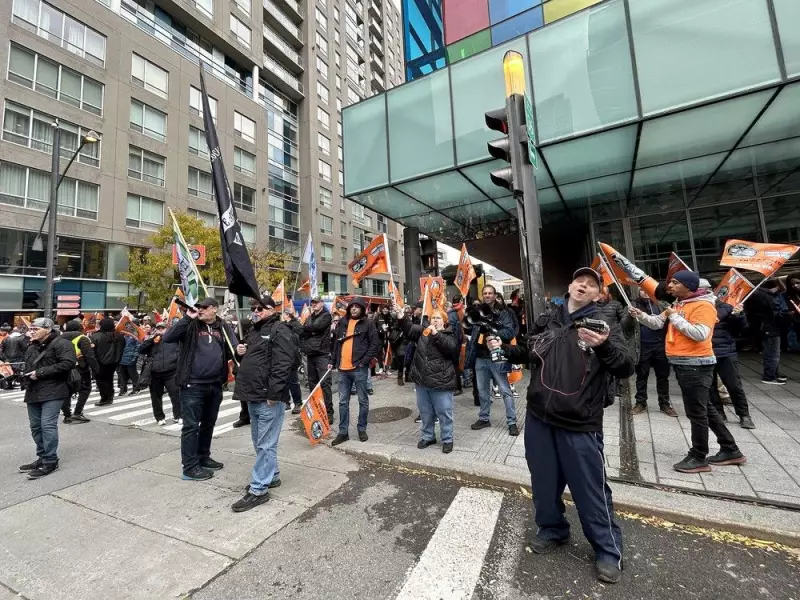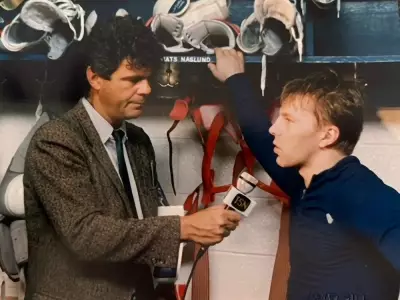
The Montreal Alouettes battled more than just their on-field opponents during their recent home game, as a city-wide transit shutdown created a stark visual of empty red seats throughout Molson Stadium.
Transit Chaos Meets Game Day
While the Alouettes were preparing to face the Hamilton Tiger-Cats on the field, Montrealers were facing a different kind of challenge - a complete shutdown of the city's public transportation system. The timing couldn't have been worse for the CFL team, with the transit strike coinciding perfectly with game day operations.
The result was a patchwork of vacant sections that told a story far beyond the final score. Despite the team's efforts to secure a victory, the real loss was felt in the stands where typically passionate fans were noticeably absent.
A Stadium Half-Full
Molson Stadium, which normally buzzes with the energy of nearly 20,000 football enthusiasts, presented a sobering sight. Entire sections remained empty while others showed sparse attendance, creating an unusual atmosphere for what should have been a vibrant Thursday night football game.
The transit shutdown didn't just affect casual fans - even season ticket holders found themselves stranded without reliable transportation options to reach the McGill University campus location.
The Broader Impact on Montreal Sports
This incident highlights the critical relationship between public infrastructure and professional sports in urban centers. Montreal's unique stadium location, while picturesque, relies heavily on public transportation to move thousands of fans efficiently.
The timing of this transit disruption serves as a stark reminder of how dependent major sporting events are on the city's infrastructure functioning smoothly. With limited parking availability around the stadium, the transit shutdown essentially cut off the primary access route for most attendees.
As Montreal continues to establish itself as a premier sports destination, the interdependence between reliable public transportation and successful game-day experiences becomes increasingly evident. The empty seats at Molson Stadium tell a compelling story about urban planning, fan accessibility, and the challenges facing modern professional sports organizations.





